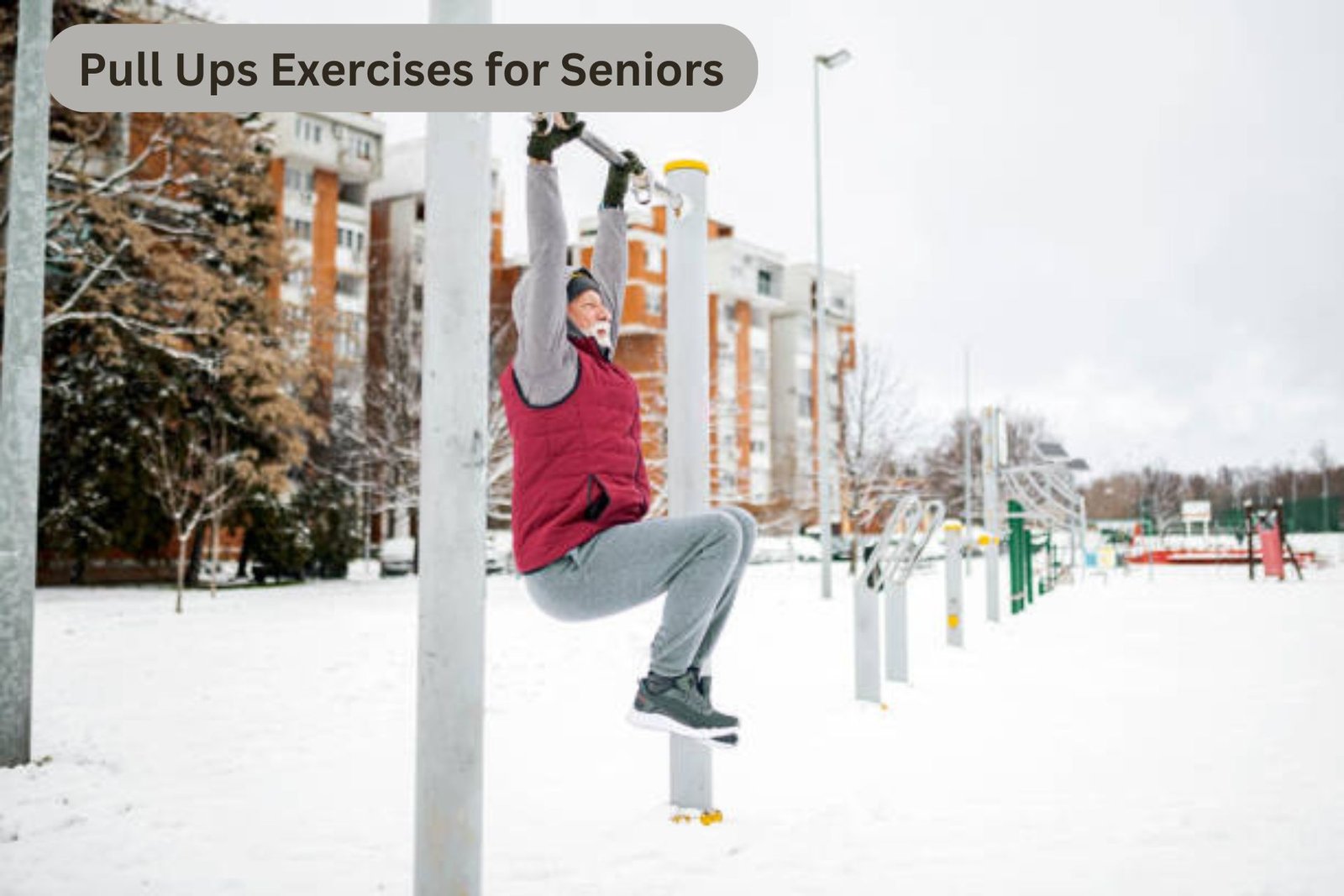Here, we’ll explore three easy-to-do pull ups exercises for seniors that can be done in your local park, helping you build a stronger back and improve your overall fitness.
Well, you’re in luck because I’m about to reveal the three game-changing pull-up exercises for seniors that you can do in the comfort of your local park.
Do you struggle to find exercises that cater to your needs and abilities?
As someone who’s been in the fitness game for over a decade, I’ve seen my fair share of seniors struggling to find exercises that work for them.
But the truth is, with a few tweaks, anyone can get started with pull-up exercises, regardless of age or fitness level.
Precautions and Safety Measures
As a calisthenics coach, I always emphasize the importance of progressive overload and gradual progression in exercise routines.
This means that you should aim to increase the difficulty of your exercises over time, rather than trying to do too much too soon.
By doing so, you’ll be able to build strength and confidence, and reduce the risk of injury.
Here are some key principles to keep in mind:
- Start with modifications: Begin with exercises that are modified to suit your needs and abilities, and gradually increase the difficulty level as you build strength and confidence.
- Focus on proper form: Make sure to engage your core, keep your back straight, and avoid swinging or jerking movements.
- Increase the difficulty gradually: Aim to increase the difficulty of your exercises by 10-20% each week, rather than trying to do too much too soon.
PRO TIP
Instead of just pulling yourself up, focus on contracting your back muscles and squeezing your shoulder blades together.
Pull Ups Exercises for Seniors
Now that we’ve covered the basics, let’s get to the good stuff! Here are three pull-up exercises for seniors that you can do in your local park:

- Assisted Pull-Ups
- What you need: A pull-up bar and a resistance band or a partner to assist you.
- How to do it: Attach a resistance band to a pull-up bar, place your feet in the loop, and grip the bar. Pull your chest to the bar, then lower yourself slowly. Adjust the band’s resistance as needed.
- Negatives
- What you need: A pull-up bar and a chair or bench to support you.
- How to do it: Jump or step up to the top of a pull-up position with your chin above the bar. Slowly lower yourself down with control until your arms are fully extended. Repeat for the desired reps.
- Inverted Rows
- What you need: A sturdy pull-up bar and a resistance band or a partner to assist you.
- How to do it: Lie under a parallel bar, grip it, and keep your body straight. Pull your chest to the bar, then lower yourself back down. Adjust foot position for difficulty.
Check the video below to learn more about the proper execution of an inverted row.
Research indicates that resistance training, such as modified pull-up exercises, can significantly enhance muscular strength and functional performance in older adults, promoting overall health and mobility improvements. Read more.
Tips and Variations
Here are some additional tips and variations to help you get the most out of these exercises:
- Use a pull-up bar with a lower height: If you’re struggling to reach the bar, try using a pull-up bar with a lower height or a resistance band to assist you.
- Try different grip positions: Experiment with different grip positions, such as a pronated (palms facing away) or supinated (palms facing towards) grip, to target different muscle groups.
- Incorporate isometric holds: Hold the pull-up position for 10-15 seconds to increase the challenge and engage your muscles.
Common Mistakes to Avoid
When performing pull-ups, there are several common mistakes to avoid:
- Swinging or jerking: Avoid swinging or jerking your body up and down, as this can put unnecessary strain on your joints.
- Not engaging your core: Make sure to engage your core muscles and keep your body straight throughout the exercise.
- Not using proper form: Use proper form when performing pull-ups, including keeping your elbows close to your body and your shoulders down.
Conclusion
In conclusion, pull-up exercises for seniors are a great way to build strength and improve overall fitness.
By following the tips and variations outlined in this article, you can modify pull-up exercises to suit your needs and abilities.
Remember to always focus on proper form and gradual progression, and don’t be afraid to try new variations and challenges.
FAQs:
What are the benefits of pull-up exercises for seniors?
Pull-up exercises for seniors can help build strength and improve overall fitness, reduce the risk of injury, and improve bone density.
What are some common mistakes to avoid when performing pull-ups?
Some common mistakes to avoid when performing pull-ups include swinging or jerking, not engaging your core, and not using proper form.
Can I modify pull-up exercises to suit my needs and abilities?
Yes, pull-up exercises can be modified to suit your needs and abilities. Try using a pull-up bar with a lower height, or incorporating variations such as single-arm pull-ups.
How often should I perform pull-up exercises?
Aim to perform pull-up exercises 2-3 times per week, with at least one day of rest in between.
Can I do pull-up exercises at home?
Yes, you can do pull-up exercises at home using a pull-up bar or a resistance band. However, it’s recommended to start with assisted pull-ups or negatives before progressing to full pull-ups.

